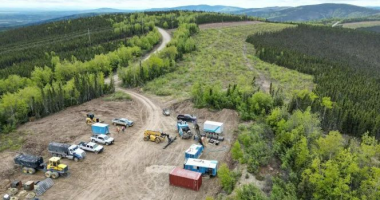- MRG Metals (MRQ) applies for three new exploration licences in Mozambique to diversify its portfolio and potentially mine for rare earth elements (REEs) and uranium
- The heavy mineral sands explorer (HMS) plans to explore several REE and uranium targets in the new licence areas, with fieldwork to begin as soon as the applications are granted
- The three exploration licence applications cover roughly 59,400 hectares of land across some of the highest anomalies highlighted by a regional national airborne survey
- Chairman Andrew Van Der Zwan says the exploration licence applications (ELAs) are a “very important” step for the company in its forward-looking strategy
- Shares in MRG Metals are up 13.3 per cent to 0.9 cents
Heavy mineral sands (HMS) explorer MRG Metals (MRQ) has applied for three new exploration licences in Mozambique to diversify its portfolio and potentially mine for rare earth elements (REEs) and uranium.
The new licences lie roughly 780 kilometres northeast of MRG’s existing Corridor Sands tenements, near the port city of Beira.
MRG said it planned to explore a number of hard rock and sedimentary REE and uranium targets in the new licence areas, and field exploration work could begin as soon as the licence applications were approved.
Chairman Andrew Van Der Zwan said the exploration licence applications (ELAs) were a “very important” step for the company in its forward-looking strategy.
“Whilst we remain committed to moving our HMS projects to development, with three significant mineral resource estimates released to date, these new ELA’s diversifies our portfolio, providing us exposure to both the growing rare earth and uranium markets,” Mr Van Der Zwan said.
“We have an excellent local team involved in the continued development focus of our HMS resources at Corridor and will have spare capacity to expand our exploration program in the highly prospective areas in Mozambique.”
According to MRG, radiometric spectrometer data of a regional national airborne survey in Mozambique have highlighted some highly anomalous radiometric areas. MRG’s three exploration licence applications cover roughly 59,400 hectares of land across some of the highest anomalies.
Moreover, the company said a 2014 report on historical reconnaissance work in the area highlighted the presence of monazite samples with thorium grades upwards of 1000 parts per million (ppm) in a soil sample and 559 ppm in a rock sample.
Shares in MRG Metals were up 13.3 per cent to 0.9 cents at 2:08 pm AEST.








